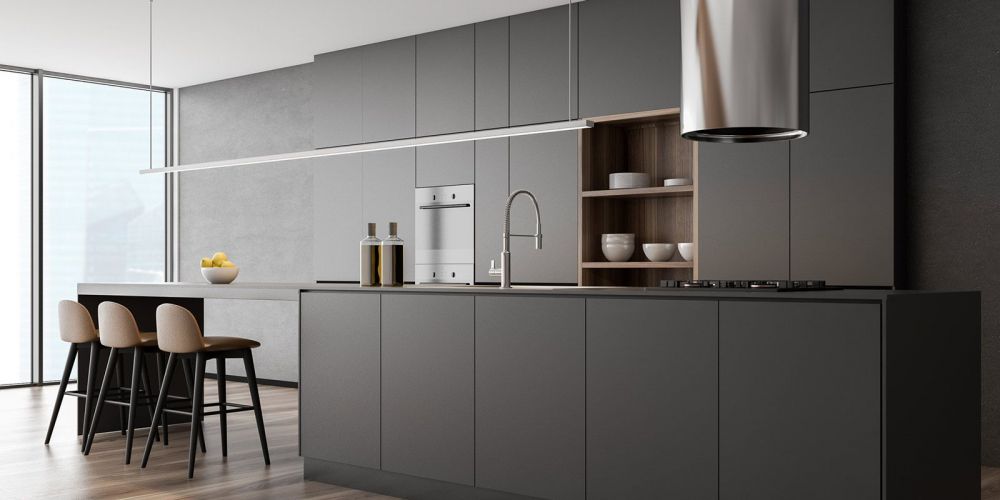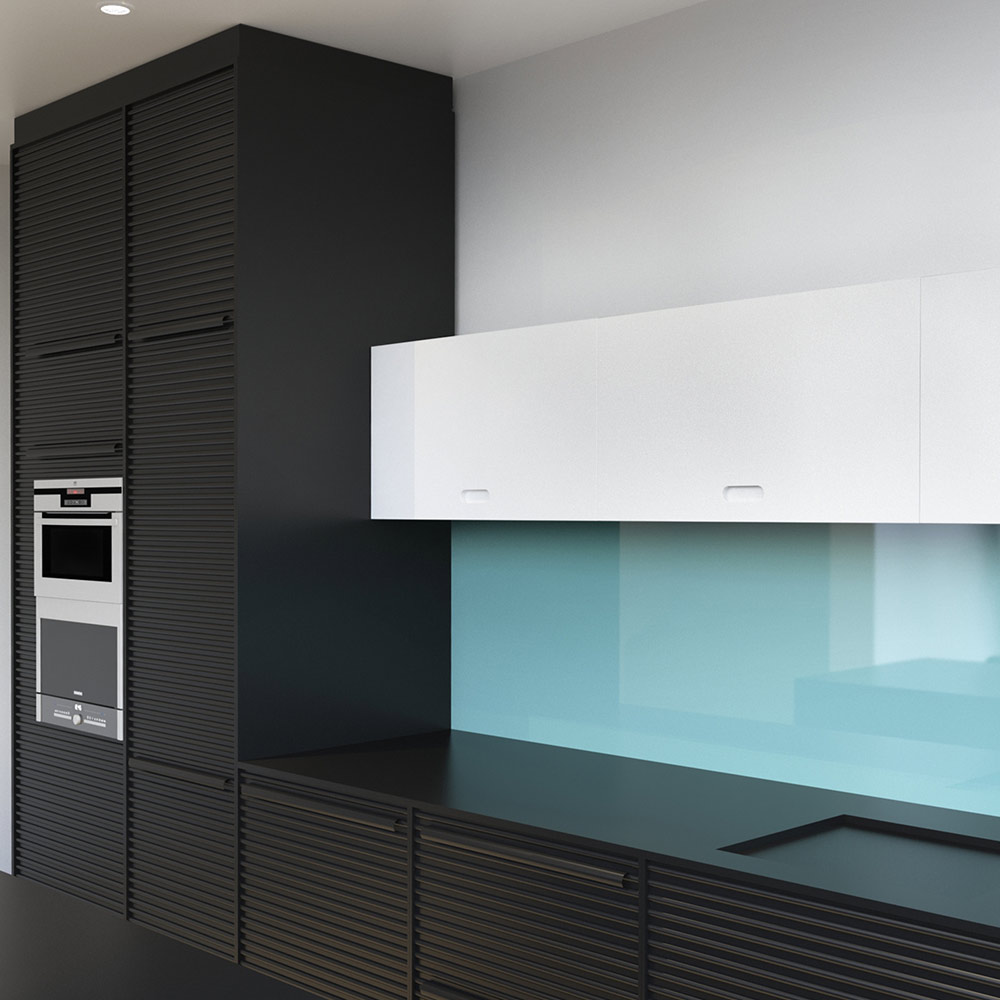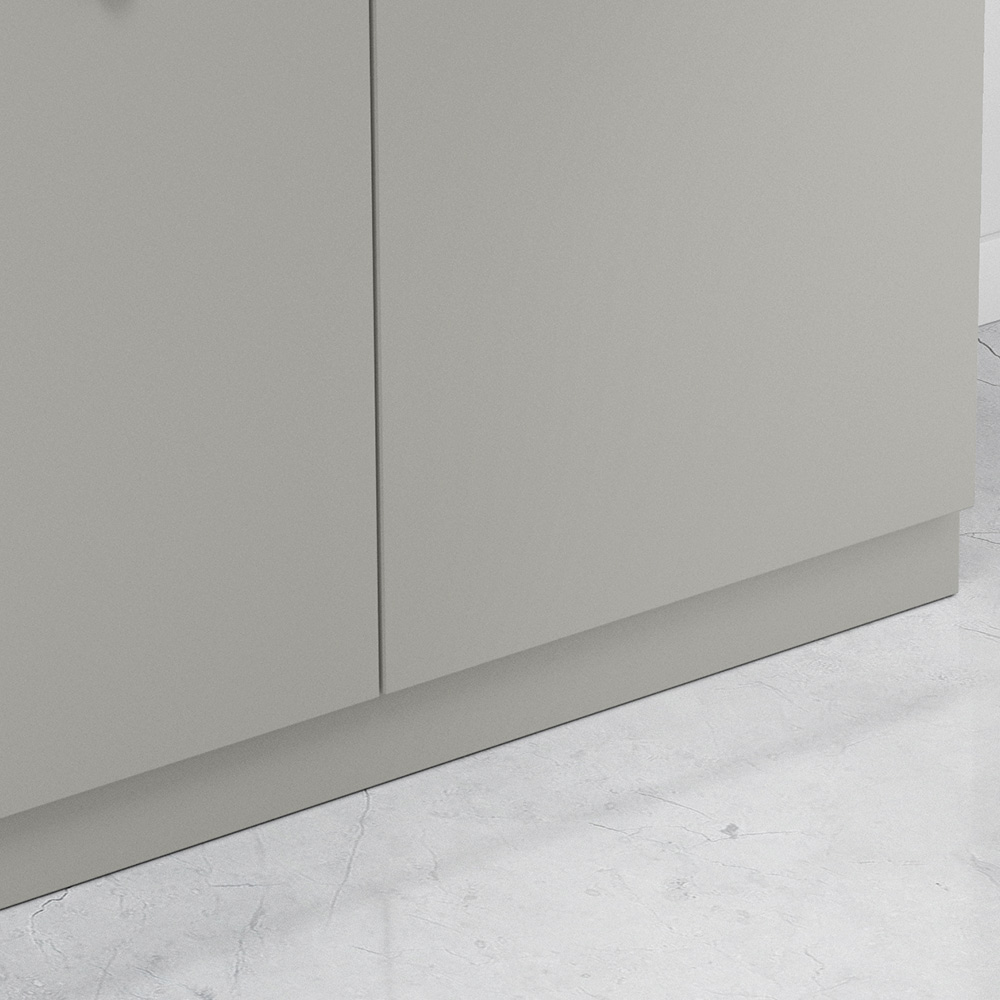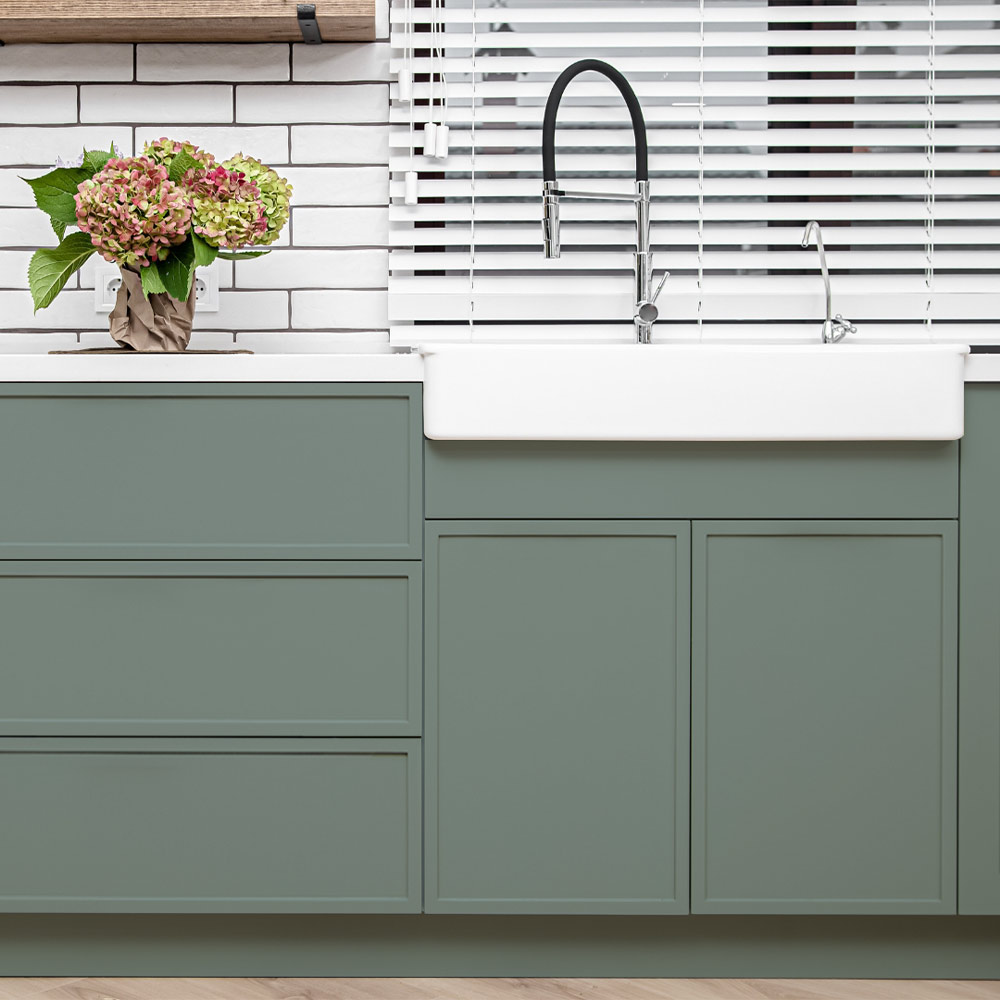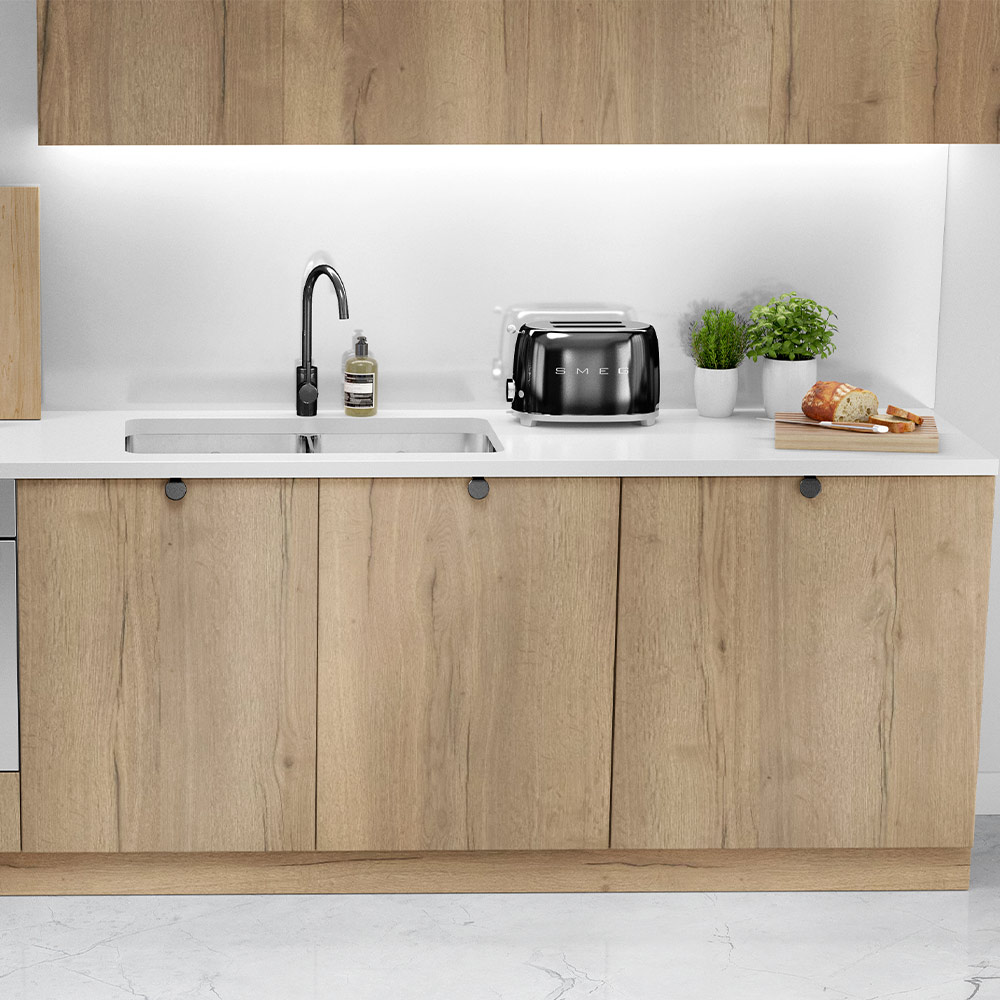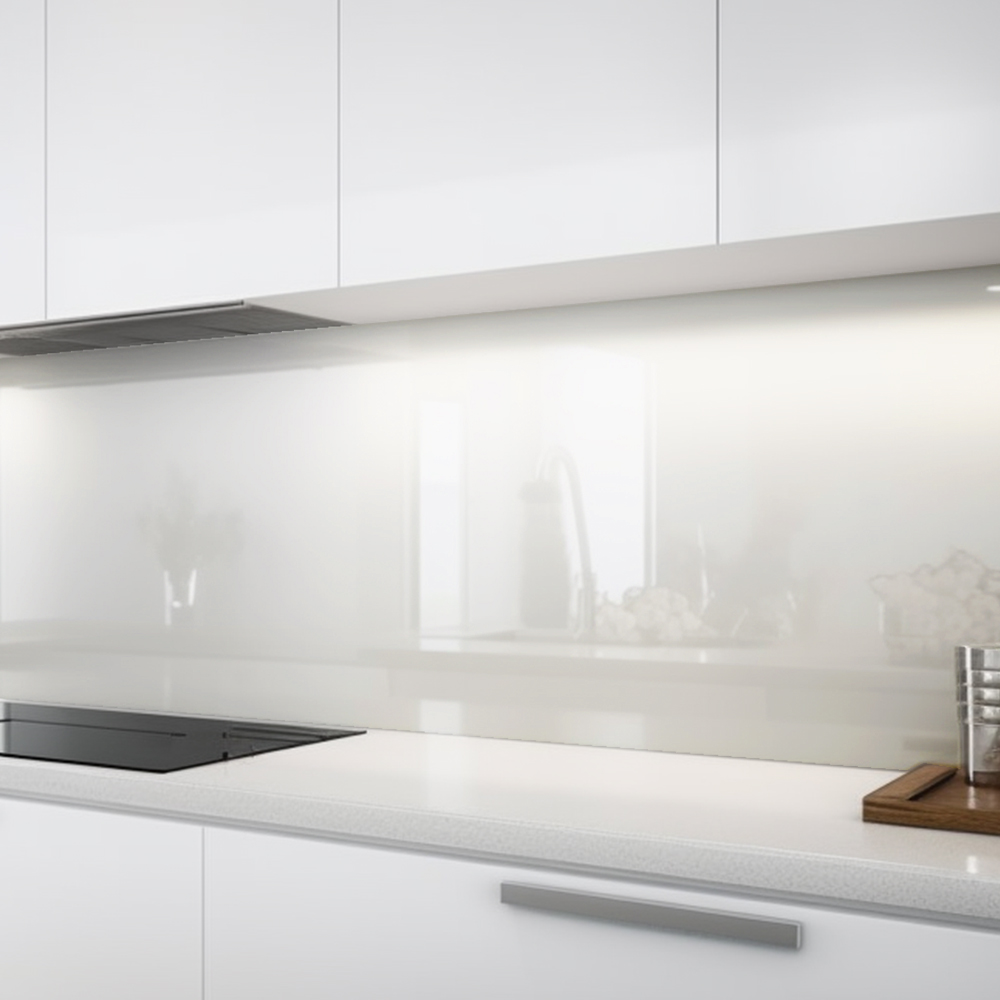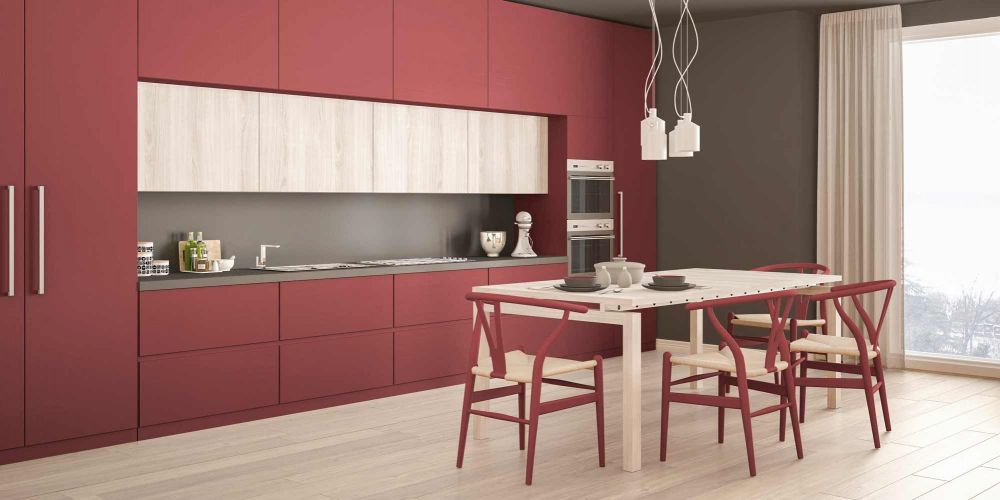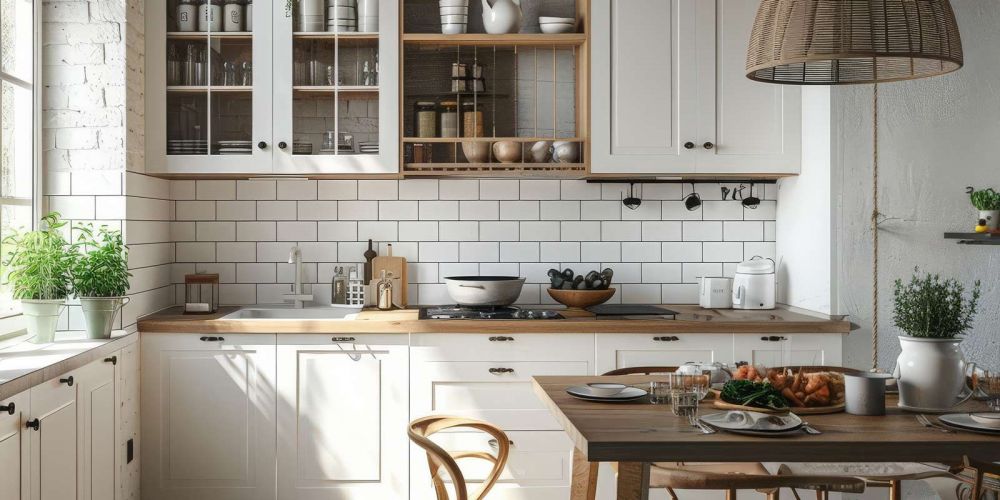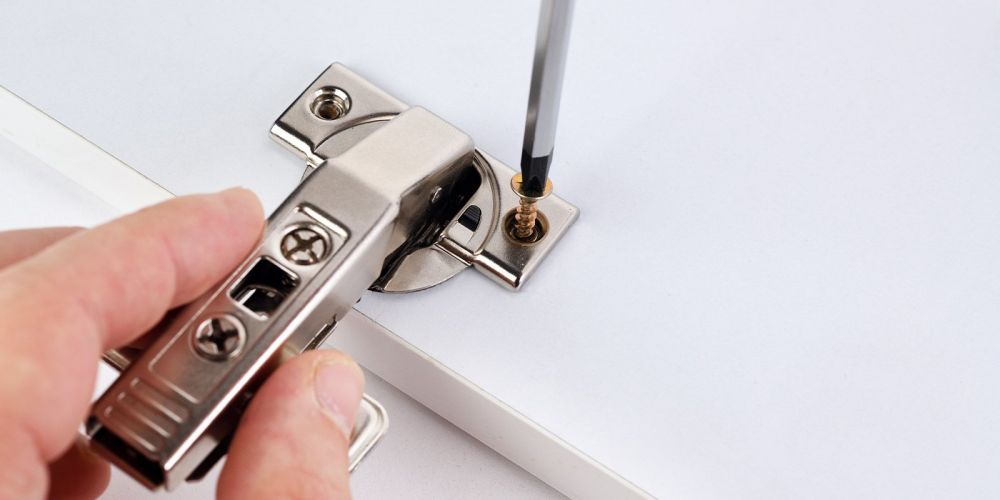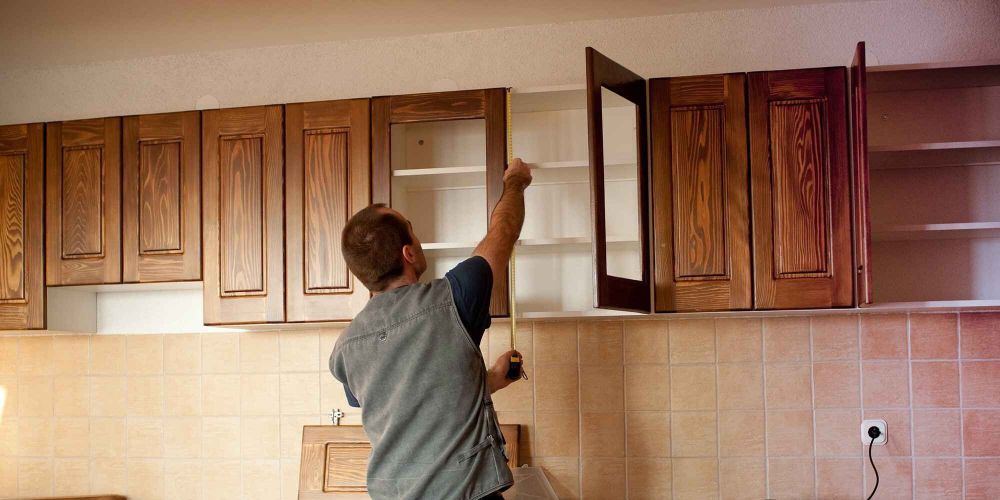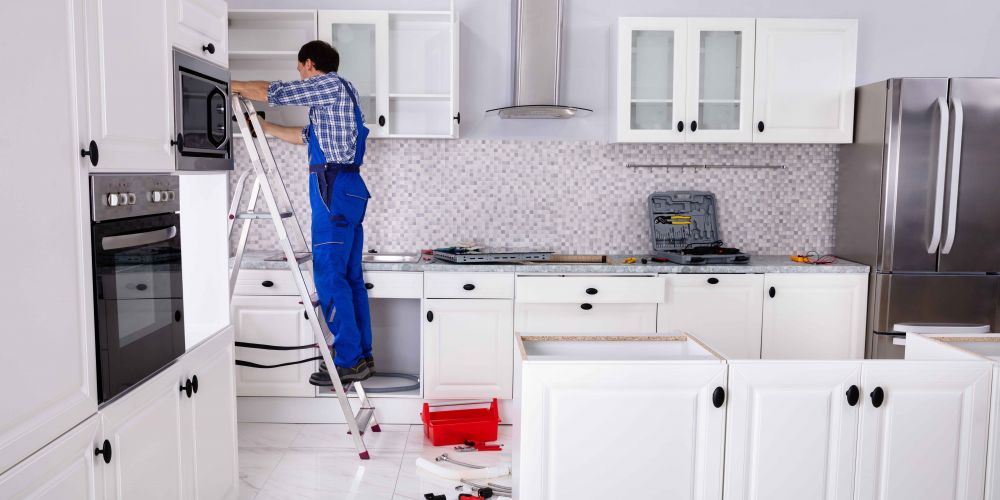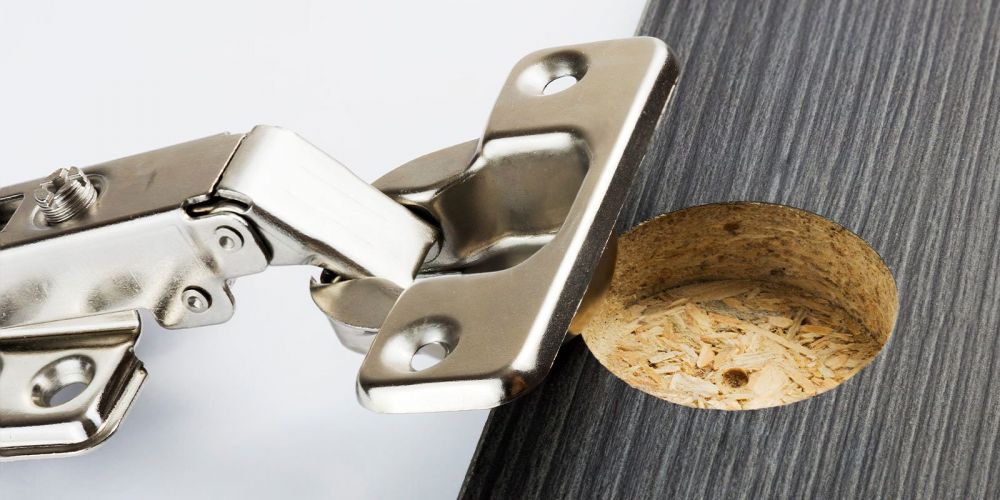Designing a new kitchen requires a good understanding of kitchen unit sizes. For DIY enthusiasts in the UK, this guide offers essential insights on kitchen cabinets, wall cabinets, and other kitchen units.
Knowing standard kitchen cabinet dimensions can simplify your project, ensuring a functional and stylish kitchen. Whether you’re upgrading an existing kitchen or building a new one from scratch, getting the sizes right is crucial for achieving a seamless look and maximising storage space.
Understanding Standard Kitchen Unit Sizes
Standard kitchen unit sizes are the foundation of any kitchen design. These dimensions ensure a seamless and efficient layout, saving space, time, and money during planning.
Adhering to standard kitchen cabinet sizes helps in achieving uniformity and compatibility with various kitchen accessories and appliances.
Benefits of Standard Sizes
Standard sizes ensure consistency, making your kitchen look cohesive. They simplify the planning process, allowing you to visualise and map out your kitchen layout effectively. Furthermore, standard sizes make it easier to find replacements when needed.
Base Units
Base units, the workhorses of kitchen cabinetry, provide essential storage space and support for worktops. These units come in various standard dimensions to fit different kitchen layouts.
Base cabinets are crucial for supporting countertops and housing appliances, making them fundamental to the overall structure and functionality of your kitchen. Understanding their dimensions and applications is key to effective kitchen planning.
Standard Dimensions for Base Units
- Width: 300mm, 400mm, 500mm, 600mm, 800mm, 900mm, 1000mm
- Depth: 560mm
- Height: 720mm (without legs), 870mm (with legs)
These dimensions offer flexibility to accommodate various kitchen sizes and layouts. By mixing and matching different widths, you can create a customised layout that suits your space and needs.
Common Uses for Base Units
Base units are perfect for storing pots, pans, and kitchen accessories. They also house built-in appliances such as ovens and dishwashers, contributing to a streamlined kitchen layout.
These units often include drawers or pull-out shelves, enhancing their functionality and making it easier to organise kitchen items.
Base units often come with adjustable legs so they can accommodate uneven floors or specific design preferences.
Wall Units
Wall units, also known as upper cabinets, provide additional storage space without occupying floor space. Kitchen wall cabinets are essential for maximising vertical storage. Properly planned wall units can significantly increase your kitchen’s storage capacity without making the space feel cramped.
Standard Dimensions for Wall Units
- Width: 300mm, 400mm, 500mm, 600mm, 800mm, 1000mm
- Depth: 300mm
- Height: 575mm, 720mm, 900mm
These dimensions offer flexibility to fit various kitchen designs and ceiling heights.
The depth of kitchen wall cabinets is standardised to ensure the units are not too intrusive, maintaining an open and spacious feel.
Installation Height Considerations for Wall Units
Install wall cabinets with the bottom edge 450-500mm above the worktop space. This height ensures easy access and usability, fitting well with the overall flow of the kitchen.
It’s important to consider the height of all family members to ensure everyone can reach the upper cabinets comfortably. Proper installation height is crucial for maintaining an ergonomic kitchen design.
Common Uses for Wall Units
Wall units are ideal for storing plates, glasses, and pantry items. They keep essentials within easy reach while freeing up countertop space.
These units often include adjustable shelves, allowing you to customise the storage space according to your needs.
Properly planned kitchen wall units can make a big difference in keeping your kitchen organised and efficient.
Consider combining your wall cabinets with open shelves or cabinets with glass inserts to display decorative items or frequently used dishes.
Tall Units
Tall units, or tall cabinets, provide vertical storage and are ideal for housing integrated appliances. These units maximise storage without compromising floor space.
Tall units can serve as pantry cabinets, utility cabinets, or even house large appliances like fridges and ovens. They are a great way to utilise vertical space in your kitchen, offering ample storage and a clean, streamlined look.
Standard Dimensions for Tall Units
- Width: 300mm, 400mm, 500mm, 600mm
- Depth: 560mm
- Height: 1970mm, 2150mm
These dimensions ensure that tall units can fit seamlessly with other kitchen cabinetry. They offer substantial storage space, making them perfect for storing bulkier items or integrating appliances. The standard depth ensures they align with base units, maintaining a cohesive look across the kitchen.
Common Uses for Tall Units
Tall units are perfect for pantry cabinets or utility cabinets. They can house integrated fridges and ovens, offering ample storage for dry goods and small appliances.
These units are particularly useful in kitchens with limited floor space, as they make use of vertical space effectively.
By incorporating pull-out shelves or baskets, you can enhance the accessibility and organisation of tall units.
Special Units
Special units like corner cabinets and drawer units enhance functionality and storage efficiency in the kitchen. These units cater to specific needs and spaces.
Special units are designed to make the most of awkward or otherwise unused spaces, offering creative storage solutions that enhance the overall functionality of your kitchen.
Corner Units
Corner units, available in L-shaped and carousel configurations, optimise awkward corner spaces, providing additional storage.
These units make it easier to access items stored in corner spaces, which can often be difficult to reach. By utilising corner units, you can ensure that every inch of your kitchen is used effectively.
Drawer Units
Drawer units, available in standard sizes, are ideal for organising utensils and smaller kitchen accessories. They offer easy access and can be customised with dividers or inserts.
Drawer units are particularly useful in base cabinets, providing a practical solution for storing items that would otherwise be difficult to organise in traditional cabinets.
Plinths and End Panels
Plinths and end panels, available in standard sizes, provide finishing touches for a polished look. Plinths cover gaps between base units and the floor, while end panels give a neat finish to cabinet sides. These components are essential for achieving a professional, finished appearance in your kitchen.
Measuring Your Kitchen Space
Accurate measurements are crucial for a successful kitchen design. Use a measuring tape, pencil, and paper, or a laser measure for precision. Proper measurements ensure that your kitchen units fit perfectly, avoiding costly mistakes and ensuring a smooth installation process.
Step-by-Step Guide for Measuring
- Measure Wall-to-Wall and Floor-to-Ceiling: Include obstructions like windows, doors, and plumbing fixtures. Accurate measurements ensure your units fit perfectly.
- Consider Electrical and Plumbing Placements: Plan where appliances and utilities will be to avoid complications during installation. Ensure that your measurements account for any existing fixtures or appliances that need to be incorporated into the new design.
Planning Your Kitchen Layout
Efficient kitchen layouts enhance functionality and convenience. Consider workflow and storage needs when planning. A well-thought-out kitchen layout ensures that you have enough space to work and move around comfortably, making cooking and other tasks more enjoyable.
Workflow Considerations
The work triangle (sink, fridge, stove) is a classic layout principle ensuring efficiency. Position these elements to minimise movement and maximise productivity. Ensuring that the key work areas are within easy reach of each other can significantly enhance the overall functionality of your kitchen.
Design Tips for a Functional Layout
- Maximise Storage and Counter Space: Ensure enough space for food preparation and storage.
- Ensure Ease of Movement and Accessibility: Plan for smooth traffic flow and easy access to frequently used items. Consider the placement of cabinets and appliances to ensure that they don’t obstruct movement or create bottlenecks in your kitchen.
Using Design Software
Free or low-cost kitchen design tools help visualise your layout. Experiment with different configurations to make the best use of your space. These tools allow you to see how different elements will look and function together, helping you make informed decisions about your kitchen design.
Custom vs. Standard Units
Choosing between custom and standard units depends on your specific needs and budget. Both options have their advantages, and the best choice will depend on your individual circumstances and design preferences.
Advantages of Standard Units
- Cost-Effectiveness: Standard units are generally more affordable.
- Easier Installation: Pre-made sizes simplify the installation process. Standard units are widely available and typically come with detailed installation instructions, making them a good choice for DIYers.
When to Consider Custom Units
- Unusual Kitchen Layouts: Custom units fit unique spaces.
- Specific Storage Needs: Tailor units to meet particular requirements.
- Unique Design Preferences: Achieve a bespoke look that standard units might not offer. Custom units can be designed to match your exact specifications, allowing for a truly personalised kitchen design.
Installation Tips for Kitchen Units
- Basic Tools and Skills Required: Ensure you have essential tools and basic DIY skills.
- Common Pitfalls: Measure accurately to avoid mismatches. Consider professional help for complex installations. Following the manufacturer’s instructions carefully can help avoid common mistakes and ensure a successful installation.
Buying Doors for Kitchen Cabinets
When buying doors for kitchen cabinets, it’s essential to ensure they are slightly smaller than the units they cover. This small gap allows for smooth opening and closing. Properly fitting doors are crucial for the overall functionality and appearance of your kitchen cabinets.
Cabinet doors should be approximately 4mm smaller than the opening they cover. This clearance ensures the doors function correctly without catching on adjacent units or walls.
Properly fitted doors will open and close smoothly, preventing wear and tear on the hinges and frames.
Use adjustable kitchen door hinges to fine-tune the fit of cabinet doors. These hinges allow small adjustments, ensuring perfect alignment and smooth operation.


